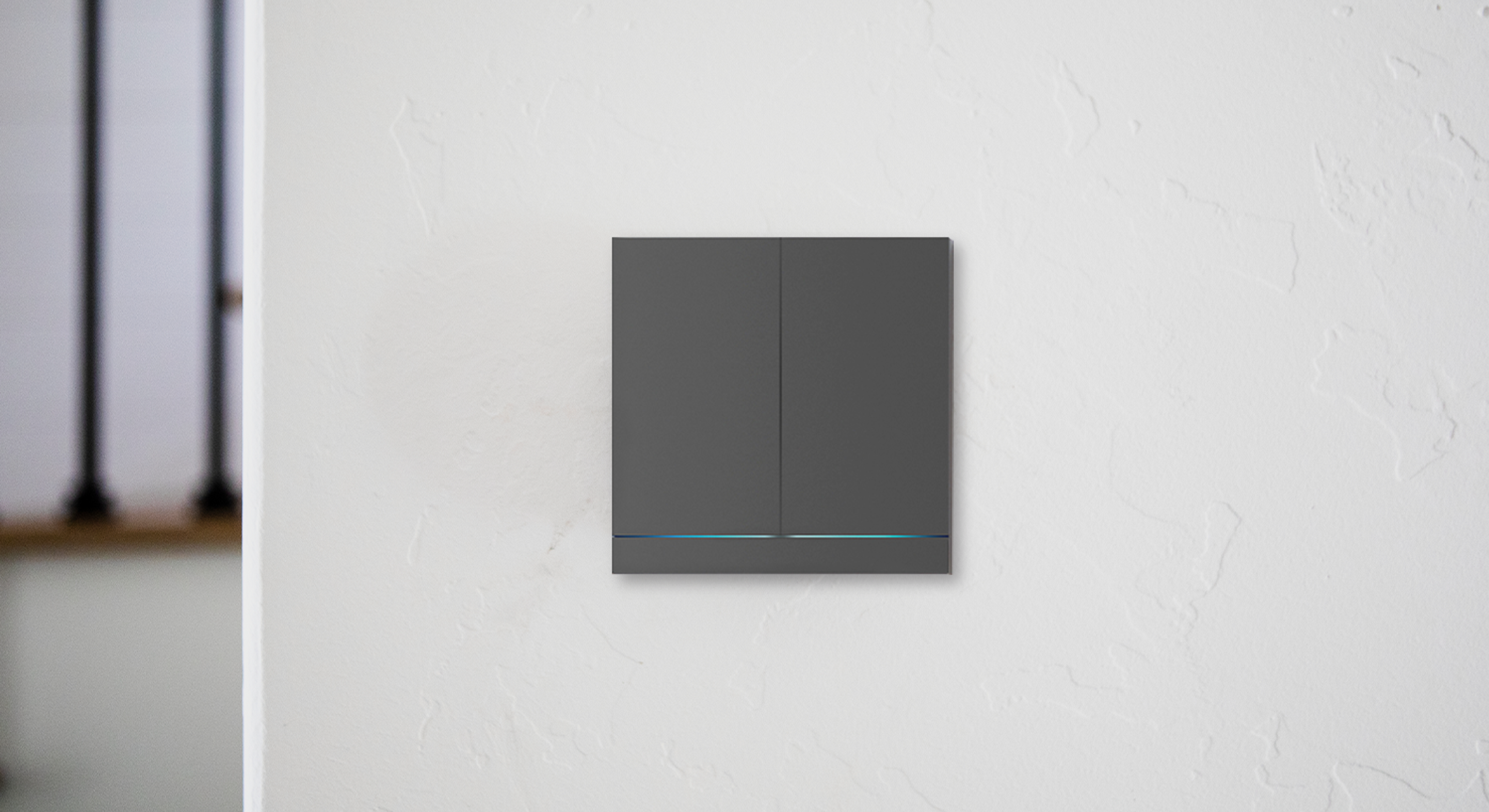
Get a Quote: Estimation Without any fee or obligation
Get a Quote: Estimation Without any fee or obligation

The Internet of Things (IoT) is no longer a futuristic concept but a tangible reality reshaping industries and our daily lives. At its core, IoT is a network of interconnected physical devices, home security, home appliances, and other items embedded with electronics, software, sensors, and connectivity which enables these objects to collect and exchange data. This interconnectedness has birthed a new era of intelligent systems capable of transforming how we live, work, and interact with our environment.
The Building Blocks of IoT
To comprehend the power of IoT, it's essential to understand its fundamental components.
- Sensors: These are the eyes and ears of IoT devices, capturing data from the physical world. From temperature and humidity sensors to motion detectors and air quality monitors, sensors provide the raw data that fuels IoT applications.
- Connectivity: This is the backbone of IoT, enabling devices to communicate with each other and with the cloud. Wi-Fi, Bluetooth, cellular networks, and low-power wide-area networks (LPWAN) are common connectivity technologies used in IoT.
- Data Processing: Collected data is transmitted to the cloud or edge devices for processing, analysis, and extraction of valuable insights. Advanced analytics and machine learning algorithms are employed to uncover patterns and trends within the data.
- Applications: The processed data is utilized to create intelligent applications that deliver real-world benefits. These applications range from smart homes and wearables to industrial automation and smart cities.
The Transformative Impact of IoT
IoT is revolutionizing numerous sectors and driving innovation at an unprecedented pace.
- Smart Homes: IoT is transforming homes into intelligent spaces, offering enhanced comfort, security, and energy efficiency. From voice-controlled assistants and smart thermostats to automated lighting and security systems, IoT devices are creating a seamless and convenient living experience.
- Healthcare: IoT is revolutionizing healthcare by enabling remote patient monitoring, wearable health trackers, and intelligent medical devices. This technology is improving patient outcomes, reducing healthcare costs, and facilitating preventive care.
- Industrial IoT (IIoT): IoT is powering the Fourth Industrial Revolution by optimizing manufacturing processes, predictive maintenance, and supply chain management. By connecting industrial equipment and collecting real-time data, IIoT enables businesses to increase efficiency, reduce downtime, and improve product quality.
- Smart Cities: IoT is transforming urban environments into smarter, more sustainable, and livable spaces. By deploying sensors and connected devices, cities can optimize traffic management, waste management, energy consumption, and public safety.
- Agriculture: IoT is driving agricultural productivity and sustainability through precision farming, livestock monitoring, and crop management. By collecting data on soil conditions, weather patterns, and crop health, farmers can optimize resource utilization and maximize yields.
Challenges and Opportunities
While IoT presents immense opportunities, it also comes with challenges. Security, privacy, and data management are critical concerns that need to be addressed to ensure the safe and ethical deployment of IoT solutions. Additionally, the interoperability of different IoT devices and platforms remains a hurdle to overcome.
Despite these challenges, the potential benefits of IoT are undeniable. As technology continues to advance and costs decrease, we can expect to see even more widespread adoption of IoT solutions across various industries.
The Future of IoT
The potential of IoT is far from being fully realized. As technology continues to advance, we can expect to witness even more groundbreaking applications.
- Artificial Intelligence (AI) and IoT: The integration of AI with IoT is poised to revolutionize industries. AI algorithms can analyze vast amounts of IoT data to identify patterns, make predictions, and automate decision-making processes. This combination will lead to hyper-personalized experiences, predictive maintenance, and autonomous systems.
- Edge Computing: Processing data closer to the source, rather than relying solely on cloud-based computing, is becoming increasingly important. Edge computing enhances IoT systems by reducing latency, improving responsiveness, and ensuring data privacy.
- 5G and IoT: The advent of 5G networks in India will significantly boost IoT capabilities by providing faster speeds, lower latency, and greater connectivity. This will enable the proliferation of IoT devices and applications, especially in areas like autonomous vehicles, smart homes, home security, remote monitoring, and augmented reality.
Challenges and Considerations
While the future of IoT is bright, several challenges must be addressed.
- Security: Protecting IoT devices and data from cyberattacks is paramount. As the number of connected devices grows, the attack surface expands, making it essential to implement robust security measures.
- Privacy: Ensuring the privacy of personal data collected by IoT devices is crucial. Transparent data handling practices and strict privacy regulations are necessary to build trust.
- Interoperability: Creating a seamless ecosystem where different IoT devices and platforms can communicate effectively is essential for widespread adoption. Standardization and open protocols are key to achieving interoperability.
Conclusion:
The Internet of Things is a transformative force that is reshaping industries and our daily lives. From smart homes and wearables to industrial automation and smart cities, IoT is unlocking new possibilities and driving innovation.
As we embrace the future of IoT, it is imperative to address the challenges related to security, privacy, and interoperability. By investing in research and development, fostering collaboration, and establishing robust regulatory frameworks, we can harness the full potential of IoT and create a more connected, efficient, and sustainable world.